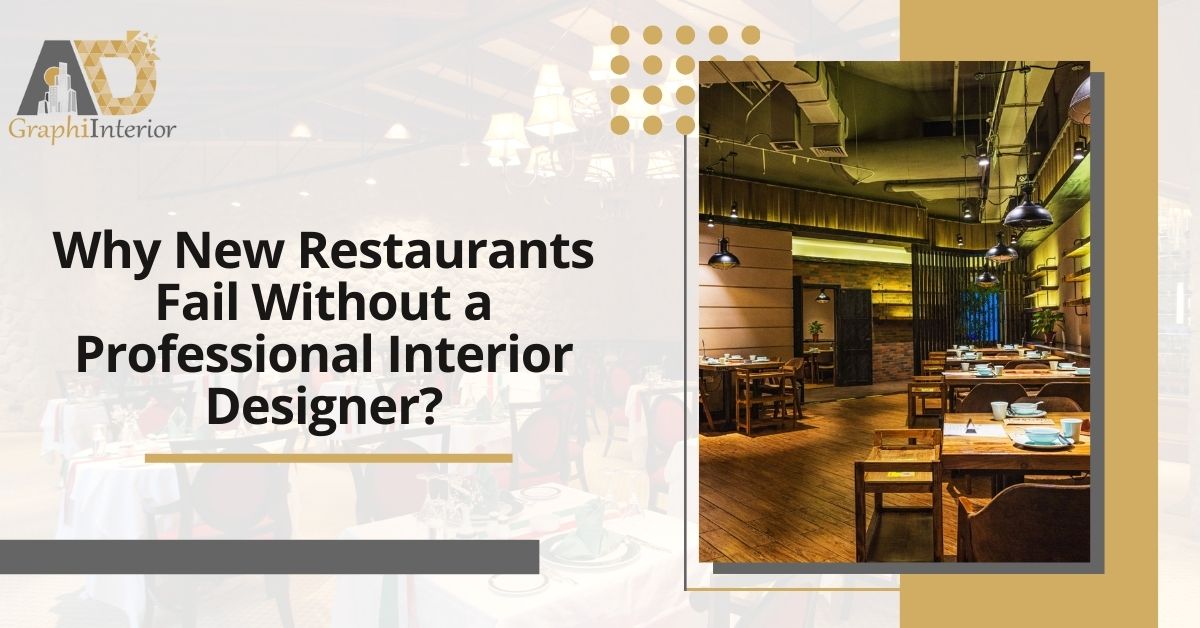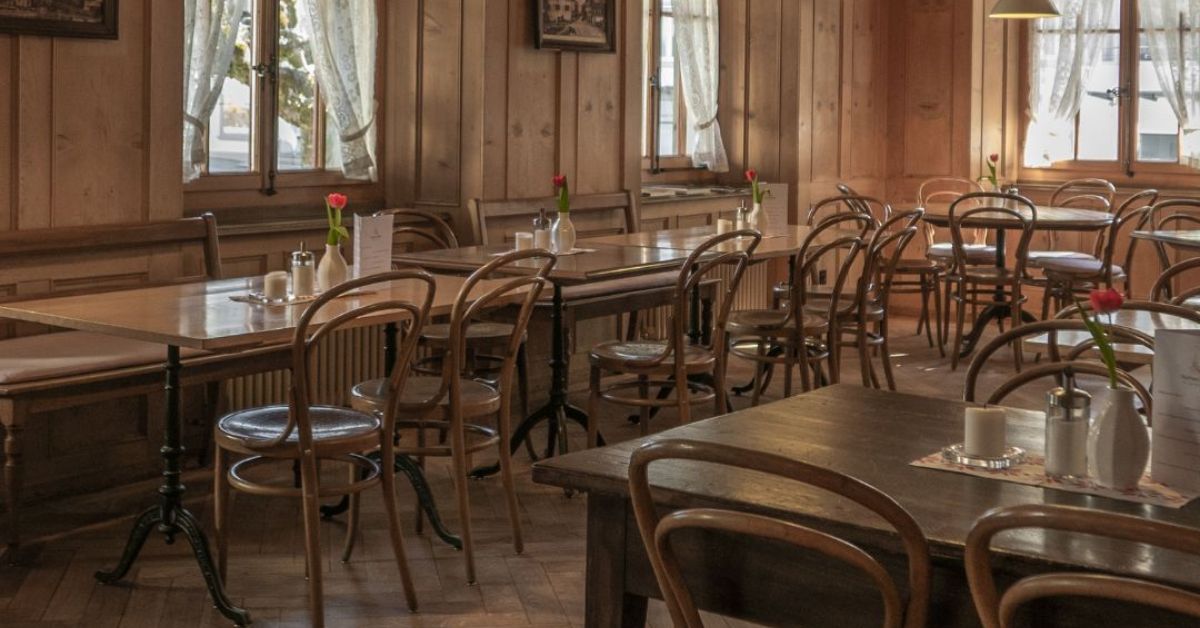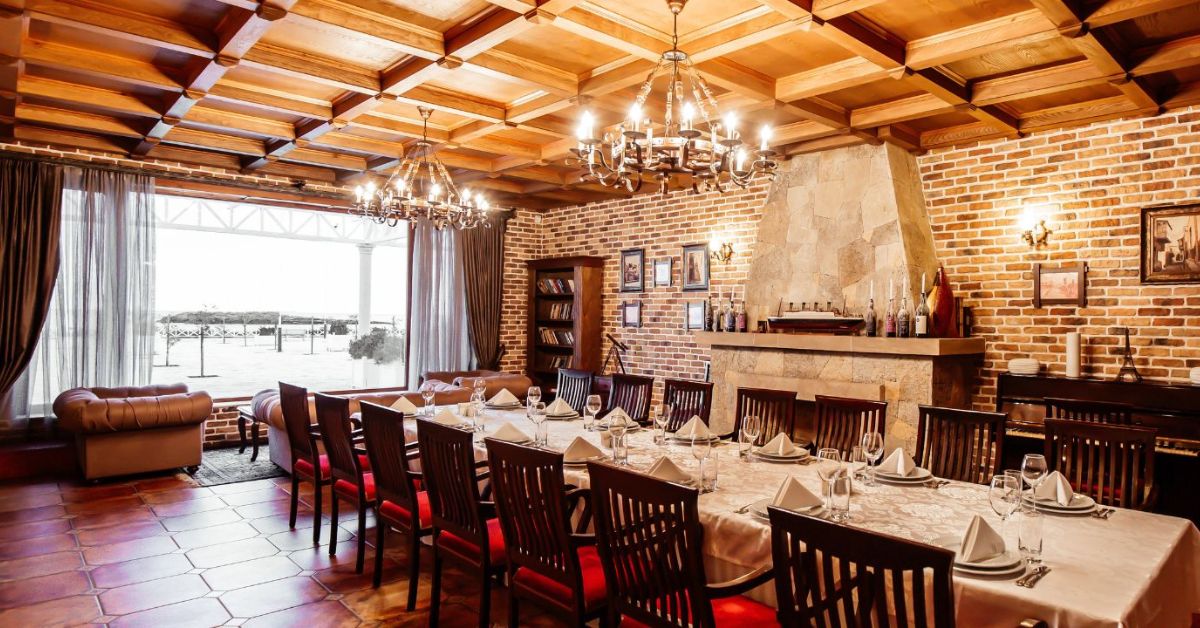
Why New Restaurants Fail Without a Professional Interior Designer?
The Crucial Role of Interiors in Restaurant Success
The success of a new restaurant depends on more than just its menu or pricing. While food quality and service remain important, the first impression of a restaurant is created through its interior design. A professional restaurant interior designer ensures that the space is welcoming, comfortable, and memorable. Without proper design, many new restaurants struggle to attract customers, as diners often choose places that provide both good food and a great ambiance.
Why Ambiance Matters More Than Ever
In today’s competitive dining industry, ambiance is as critical as taste. Customers often share their dining experiences on social media, and an aesthetically pleasing interior significantly boosts a restaurant’s visibility. Poor lighting, uncomfortable seating, or outdated décor can drive potential customers away even before they order. A professional interior designer understands how to blend functionality with creativity, ensuring every corner of the restaurant tells a story that resonates with its brand identity.
Poor Layout and Space Utilization
One of the primary reasons restaurants fail without professional design input is poor space utilization. Many owners underestimate the importance of layouts that balance dining, kitchen, and service areas. A restaurant interior designer ensures seamless flow between these sections, making it easier for staff to serve efficiently while keeping customers comfortable. Without proper layouts, restaurants may face overcrowded spaces, slow service, and dissatisfied customers who are unlikely to return.
The Psychological Impact of Design on Customers
Interior design is not just about colors and furniture; it directly impacts customer psychology. The right choice of colors, textures, and lighting influences how long customers stay and how much they spend. For instance, warm lighting and soft furnishings create a cozy atmosphere, encouraging guests to order more, while bright, vibrant interiors create energy and excitement. Without professional guidance, restaurant owners risk designing spaces that clash with customer expectations and fail to create the desired experience.

Branding Through Interior Design
Every restaurant needs a distinct identity to stand out from the competition. Interior design plays a central role in building this identity. A professional restaurant interior designer aligns décor elements with the brand’s concept, whether it’s fine dining, casual, or café-style. Without a clear brand-driven design, new restaurants often appear generic and fail to leave a lasting impression. Customers may enjoy the meal but forget the overall experience, which reduces repeat visits and word-of-mouth promotion.
Comfort and Functionality Go Hand in Hand
Comfort is one of the most overlooked aspects of new restaurant design. Uncomfortable seating, poor acoustics, or improper lighting can quickly ruin a dining experience. Professional designers balance aesthetics with functionality by selecting furniture and layouts that provide comfort without compromising on style. They also consider accessibility for all customers, including differently-abled guests. Restaurants without this attention to detail may unintentionally frustrate customers, leading to negative reviews and decreased footfall.
The Importance of Lighting in Dining Spaces
Lighting is a powerful tool in interior design and often determines how customers perceive a restaurant. Bright fluorescent lights can make a space feel harsh, while overly dim lighting can make it impractical for diners. A professional restaurant interior designer carefully integrates natural light, accent lights, and task lighting to create the perfect mood. Without professional expertise, restaurants often suffer from poor lighting choices that fail to create the right dining atmosphere.
Acoustics and Noise Management
Noise is another critical factor that many new restaurants overlook. A poorly designed space can amplify sound, creating an uncomfortable dining experience. Customers want to enjoy conversations without shouting over background noise. Professional designers incorporate acoustic-friendly materials like upholstered furniture, wall panels, and ceiling treatments to control noise levels. Without these considerations, restaurants risk losing customers who prefer quieter and more enjoyable spaces.
Competitive Advantage Through Design Innovation
In a crowded market, innovation in design becomes a differentiator. Unique interiors help restaurants gain recognition and media attention, which ultimately boosts sales. Professional interior designers are skilled in incorporating creative ideas, from themed concepts to Instagram-worthy corners that attract younger audiences. New restaurants that fail to invest in design often blend into the background, making it harder for them to survive in competitive areas.

Long-Term Financial Benefits of Professional Design
Many new restaurant owners hesitate to hire professional designers due to budget constraints. However, investing in a restaurant interior designer actually saves money in the long run. Proper planning reduces costly mistakes, ensures durability of materials, and minimizes frequent renovations. More importantly, a well-designed restaurant attracts repeat customers and generates higher revenue. Without this investment, restaurants often face declining sales and mounting losses, which leads to premature closure.
How Interior Design Influences Customer Loyalty
Customer loyalty is not only built through food and service but also through overall experience. A restaurant that makes diners feel comfortable, inspired, and valued encourages repeat visits. Professional design ensures that the interiors are consistent with the brand promise, helping to build emotional connections with customers. New restaurants without professional design often fail to create such bonds, which directly impacts long-term sustainability.
Conclusion
The failure of many new restaurants can be traced back to the lack of professional interior design. From poor space utilization and uncomfortable seating to uninspiring branding and bad lighting, the consequences of ignoring design are significant. A professional restaurant interior designer ensures that every aspect of the dining environment supports customer satisfaction and long-term business growth. For restaurant owners who want to avoid common pitfalls and create memorable dining spaces, working with experts is essential. Companies like AD Graphi Interior specialize in transforming ordinary restaurant interiors into extraordinary brand experiences, giving new establishments the foundation they need to succeed.


